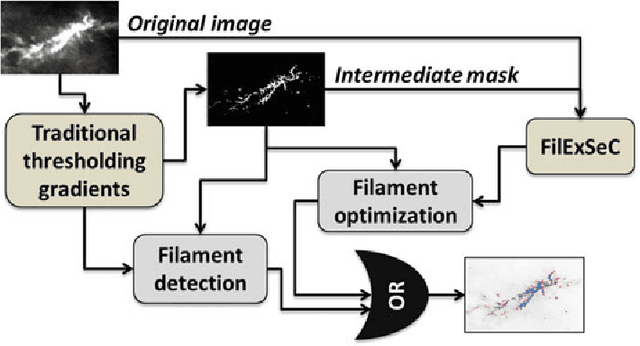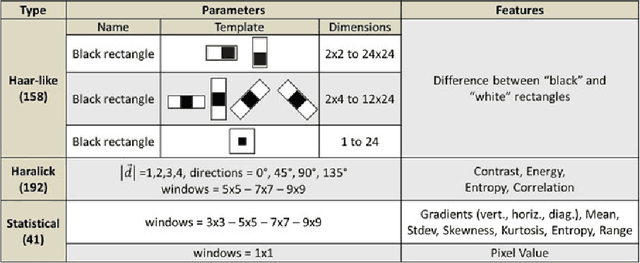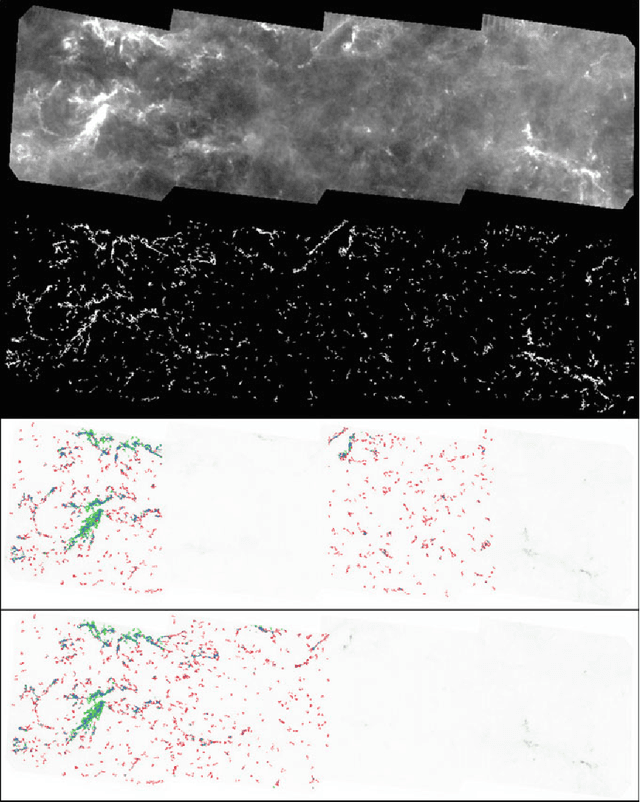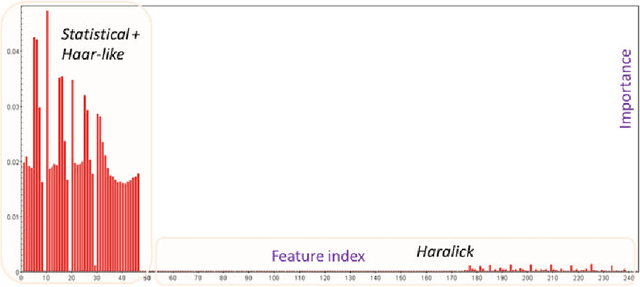Stefano Pezzuto
Machine learning based data mining for Milky Way filamentary structures reconstruction
Oct 11, 2016



Abstract:We present an innovative method called FilExSeC (Filaments Extraction, Selection and Classification), a data mining tool developed to investigate the possibility to refine and optimize the shape reconstruction of filamentary structures detected with a consolidated method based on the flux derivative analysis, through the column-density maps computed from Herschel infrared Galactic Plane Survey (Hi-GAL) observations of the Galactic plane. The present methodology is based on a feature extraction module followed by a machine learning model (Random Forest) dedicated to select features and to classify the pixels of the input images. From tests on both simulations and real observations the method appears reliable and robust with respect to the variability of shape and distribution of filaments. In the cases of highly defined filament structures, the presented method is able to bridge the gaps among the detected fragments, thus improving their shape reconstruction. From a preliminary "a posteriori" analysis of derived filament physical parameters, the method appears potentially able to add a sufficient contribution to complete and refine the filament reconstruction.
 Add to Chrome
Add to Chrome Add to Firefox
Add to Firefox Add to Edge
Add to Edge